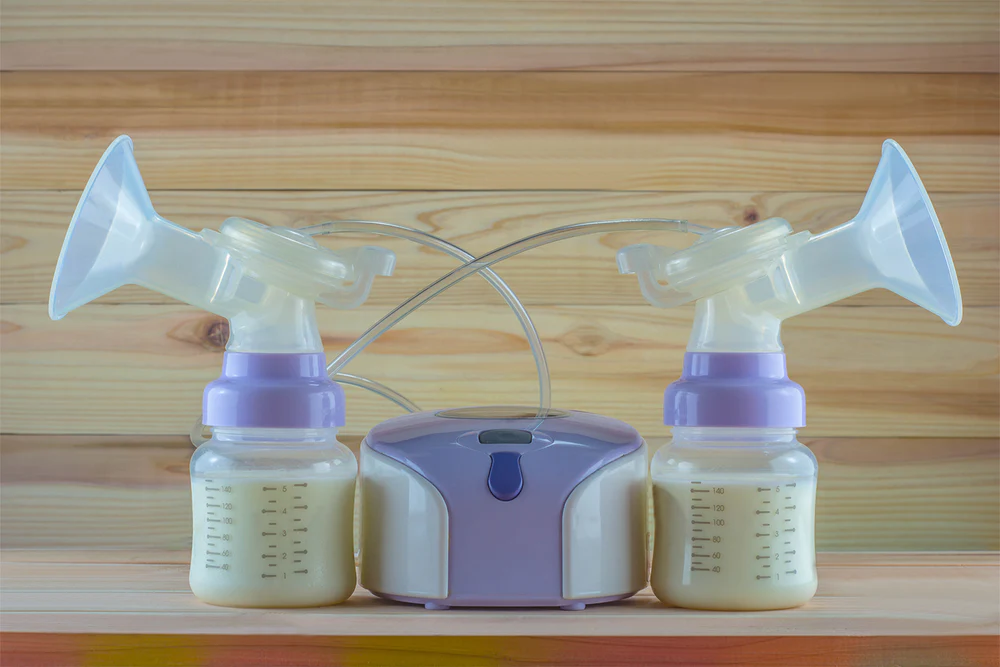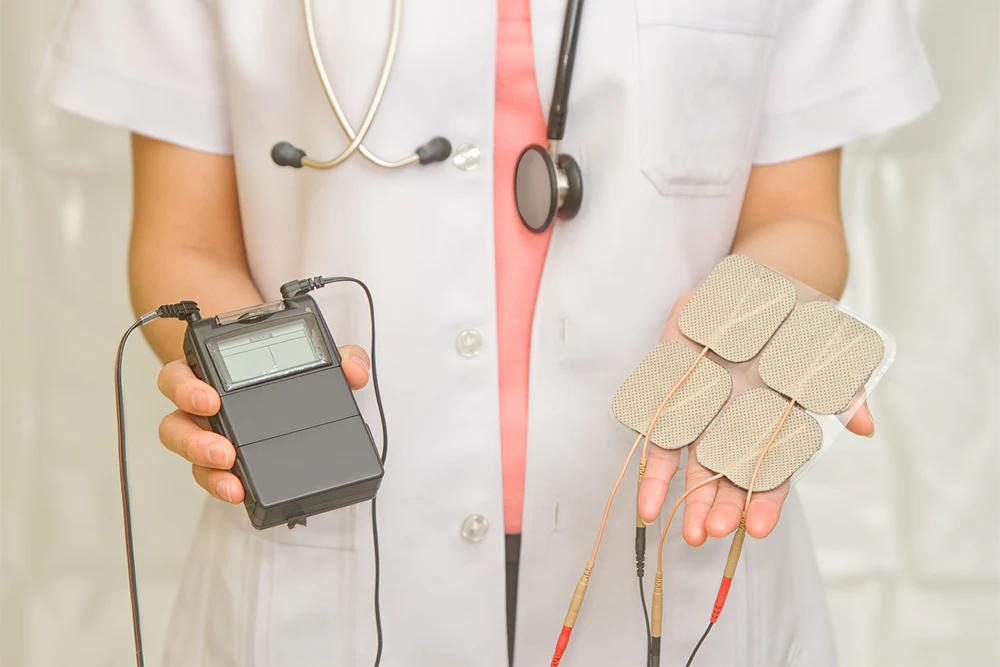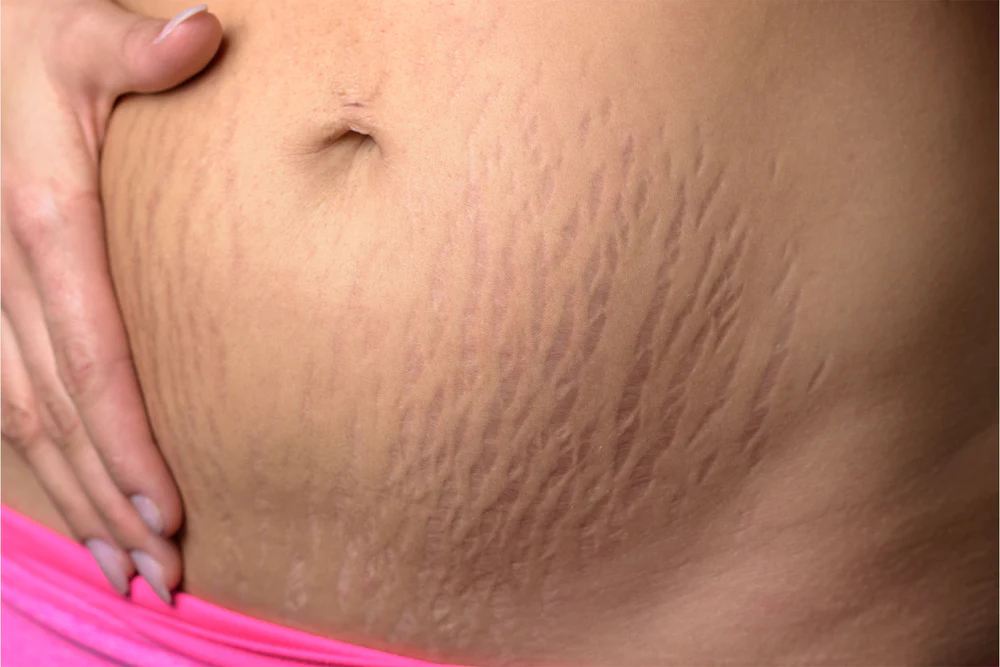For new parents, there are quite a few learning curves. You’ll need to learn about your baby’s signals, learn how to feed them and figure out the best ways to care for them. Whether you’re breast or bottle feeding, you’ll probably encounter some difficulties. After all, it’s your baby’s first time eating too, so there are some things they need to learn.
Some mothers who decide to breastfeed also decide to pump breast milk for many reasons. They may have an excess of milk, or they may be planning ahead for when they need a break. Whatever the reasons, breast pumps come with a bit of a learning curve.
Most mothers will opt to use an electric breast pump. There are manual pumps, but those are generally better for short-term usage or if you’ll need them every once in a long while. If you’re having trouble using your electric breast pump, we have a few tips that can help your experience go a bit more smoothly.
What Types of Breast Pumps Are There?
There are multiple different categories of breast pumps.
All pumps have a couple of main features:
- The Container: holds the breast milk
- The Shield: covers your breast as you pump
Most manual pumps are single-use, which means only one person can use them. With these pumps, you just use your hand. Generally, these work by squeezing the bottle repeatedly. Electric pumps use power to pump milk. They can be battery-powered, or they use electricity and need to be plugged in.
Electric breast pumps can be either single-use or multiple-use. You can find a single pump or double pump, so you can have one that pumps milk from only one side, or you can do both breasts at the same. It depends on your preferences and any time constraints.
Can I Share an Electric Breast Pump With Someone?
Generally, it’s a good idea to only use your own breast pump, especially if you have a single-use pump. Residue from other mothers can lead to infection and other dangerous issues, especially if the parts that touch the milk aren’t cleaned properly.
Multiple-use or “multiplier user” pumps are made with parts that can be replaced when someone new uses them, so things that touch the milk, like the shield and the container. If you do need to use a multiple-use pump, you’ll want to rent or borrow one from an authorized provider, like your lactation consultant, a hospital, or a medical supply store.
It’s best to avoid sharing with family and friends, even though that may seem like the simplest solution. There’s no guarantee that the parts will be cleaned or cared for properly, while medical experts know the best ways to clean breast pumps.
Why Would I Need To Use an Electric Breast Pump?
There are many reasons a mother might need to use an electric pump. Electric breast pumps tend to be faster and less tiring to use than a manual pump, so if you need to pump large quantities of milk, an electric pump is probably your best option.
A breast pump might be helpful if you:
- Plan to return to work or school
- Want to take turns for night shift feedings
- Might need a break while your partner watches the baby
Another common reason that mothers will need to pump is that they overproduce milk — when your little one isn’t able to eat all the milk you produce. When there’s a buildup of excess milk, it can be painful and might even lead to infection.
After your baby is first born, milk production can take a little bit before it catches up with your baby’s needs. Most often, a baby’s eating schedule will help tell your body how much milk to produce. Sometimes, if you and your little one will be separated and can’t nurse, you may need to pump every two to three hours in order to increase your milk supply.
Some mothers may need to help their babies get the first few drops of milk, although hand-expressing milk or using a manual pump is a better option for this particular need.
How Long Will It Take To Pump Enough Milk?
The length of the session can depend on the mother. It’s best to pump until you’re no longer able to produce milk.
For most mothers, that can take 15 to 20 minutes per side, although you can shorten that amount of time by using a double pump. You’ll want to pump around the same time that your baby normally eats since your production may drop if you don’t pump for long periods of time.
Tips for Using an Electric Breast Pump
Using an electric breast pump can be difficult at times, especially if this is your first time using one. We have seven tips to help you figure out how to make your pumping experience the best one possible.
Comfort Is Key
When you pump your breast milk, it’s important to find a comfortable and relaxing space to do it in. If you’re pumping at work, your job is usually required to provide such a space for your use that is not a bathroom.
At home, you may find it most comfortable to pump in your bedroom or in a cozy chair in the living room. You’ll want to find the place where you feel most at ease. Warmer places tend to be better since it’s easier to relax. Plus, warm spaces encourage breast milk flow (as does a warm shower)
Listening to music can help you relax, which can make things easier. You’ll also want to avoid putting your pump on speeds that are too high since this can be uncomfortable and even painful.
Find the Right Size
Breast pump shields aren’t one-size fit- all. Some people need a smaller shield, while other mothers may need a large shield. Many pumps will come in a range of sizes for you to try out. When purchasing your pump, you’ll want to check to make sure this is an option for you. The shield should cover your nipple and areola completely.
When pumping, moisture can create a tight seal between your breast and shield so that your milk doesn’t escape. Drip some warm water on the shield to create a nice seal.
Keep Things Clean
Before pumping, make sure that all your parts are clean, and wash your hands before getting started. This will keep things from contaminating the milk, keeping it safe for your baby.
Help Yourself With a Massage
Many mothers have found that massaging their breasts before and during their pumping sessions can help the milk flow better and make pumping a little less uncomfortable. You may also want to massage/hand express from your breasts afterward if your milk is taking some time to come in. Additionally, hand-expressing breast milk can help with over or underproduction.
You may find shaking your breasts or placing a warm, damp cloth across your chest before pumping can make the experience much easier.
Remind Yourself of Your Baby
A lot of mothers who pump find it helpful to have their babies nearby while they pump. If you can’t have your little one with you, you might want to bring a picture of your baby to look at or keep a piece of clothing nearby that smells of your baby’s aroma. It can encourage let-down and helps your frame of mind.
Don’t Be Afraid To Ask for Help
If you’re still having trouble, don’t worry too much. Many other mothers have been there.
Often your best option is to talk with a lactation consultant. They can help you learn a way to pump that’s comfortable for you, offer some of their tips and tricks, and determine if you may have trouble producing milk.
How Can I Store Breast Milk?
Before you return to work or school, you may want to start pumping to build up a store of milk. Most experts recommend starting around a couple of weeks beforehand since that can help you collect the milk your little one will need.
This will allow you to practice and get used to pumping, making it easier to do so while at work or school. Your little one will be able to get used to using a bottle.
Usually, it’s best to freeze your milk after pumping, especially if you’ll be using it over 24 hours after you pump. Write the date and time of pumping to track when you pumped it. If your little one is being taken care of by another caregiver, you may also want to add your baby’s name.
When you store it, it’s best to divide the milk into the portion size that your little one will normally eat since after milk is thawed, your little one has roughly 24 hours to finish it.
Learning To Work With the Machine
Electric breast pumps can take some time to get used to, especially after the experience of breastfeeding your baby. Finding the best speed and suction can take some trial and error, but once you find that sweet spot, you can pump milk with a little more ease.
Hopefully, our tips will help you find the best way to use your electric breast pump. Whatever your needs are, you’ll be pumping milk like a pro in no time.
If you’re looking for more information about caring for your little one, you can check out our pregnancy blog.
Sources
Breastfeeding FAQs: Pumping (for Parents) | Nemours KidsHealth








